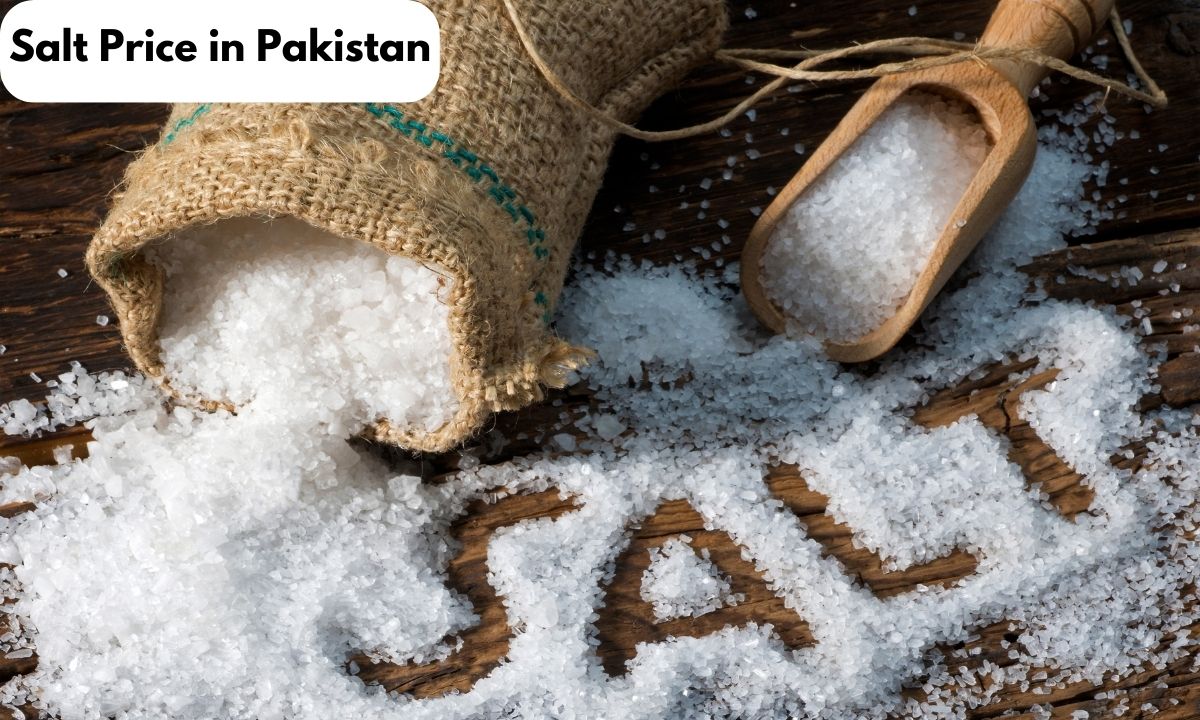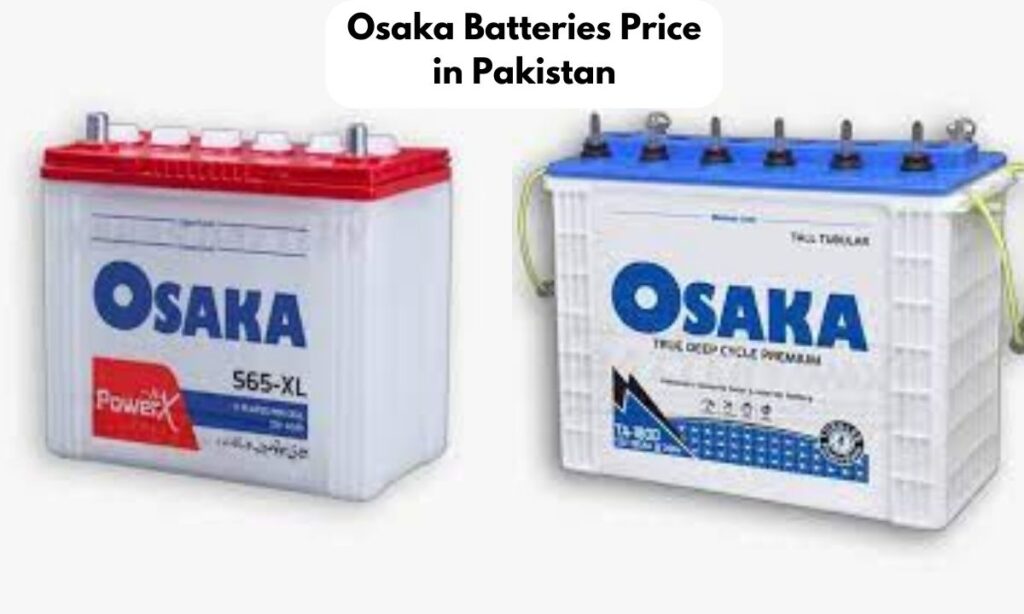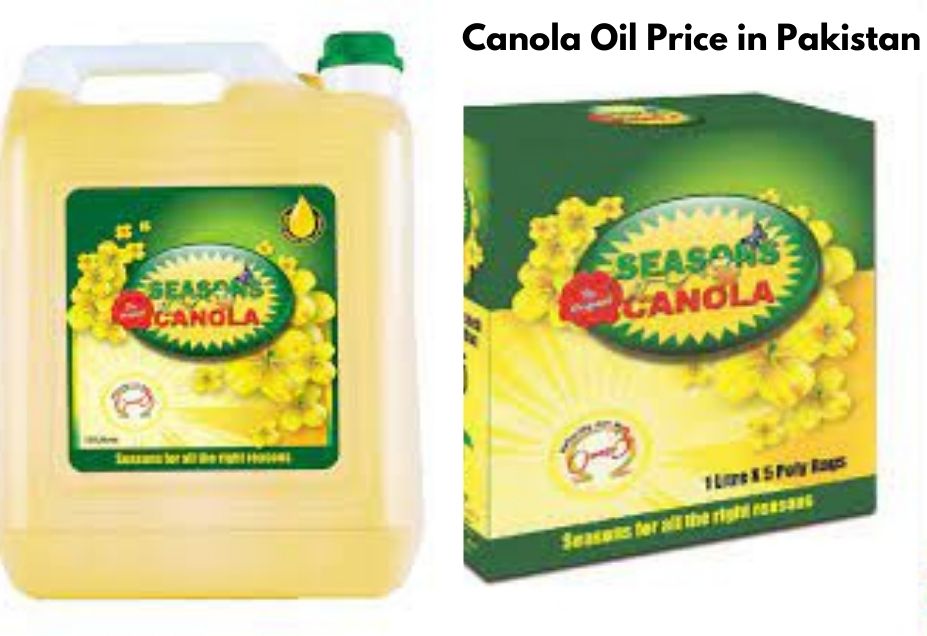Salt Price in Pakistan (Latest Price Guide)
In Pakistan, the salt industry is lively and filled with different elements that determine its price. By 2023, you might be surprised to find that the cost of salt varies significantly. To give you an idea, one kilogram can range from Rs. 50 to Rs. 680.
This wide price difference is due to various reasons like how much it costs to produce the salt, how much is needed for export, and the specific type of salt being sold. Salt holds a special place in Pakistani cooking, more than just a simple flavoring; it’s deeply rooted in the country’s food culture.
Digging deeper into the pricing, you’ll notice that Himalayan Pink Salt stands out with its price changes. These shifts in price come from factors like how it’s mined, the way it’s processed, and the increasing worldwide interest in this distinct type of salt.

Overview of the current salt prices in Pakistan
In Pakistan, the price range for regular table salt falls between PKR 146.25 and PKR 273.18 per kilogram. If you explore online platforms like Daraz.pk, you’ll notice price variations for different salt types, be it refined, iodized, or the popular pink salt. For example, a pack of National Refined Salt (800g) is available for PKR 64, while the National Iodized Refined Table Salt of the same quantity costs PKR 66.
Now, when it comes to Himalayan Pink Salt, prices can be quite diverse. Some sources indicate that you might find it between Rs. 49 to Rs. 680 for a kilogram. On the other hand, a specific Himalayan White Salt Jar might be priced at Rs. 680, and Dasht Pink Salt in a 220-gram pack could be around Rs. 189. Keep in mind, that these prices can change based on production expenses, demand from other countries, and the specific kind of salt being sold.
Comparison of prices for different types of salt (table salt, iodized salt, Himalayan salt)
| Type of Salt | Price (PKR) |
| National Table Salt (1kg) | 55 |
| National Refined Salt (800g) | 65 |
| National Iodized Salt (800g) | 65 |
| Daawat Iodized Sea Salt (1kg) | 99 |
| Shan Iodized Salt (800g) | 65 |
| National Iodized Pink Himalayan Salt (800g) | 85 |
| Himalayan Pink Salt (500g) | 699 |
| Himalayan Pink Salt Fine (800g) | 80 |
| Himalayan Pink Salt (1kg) | 100 |
Analysis of the factors influencing salt prices
The pricing of salt in Pakistan is shaped by a blend of economic, environmental, geopolitical, and other specific influences. Let’s delve into the pivotal factors:
Economic Considerations
- Production Expenses: The overall cost tied to extracting and refining salt, covering aspects like manpower, energy consumption, and machinery, directly sets the market price.
- Supply-Demand Equilibrium: Fluctuations arise from the balance between salt availability and public demand. Elements like seasonal changes, production rates, and prevailing market dynamics contribute to these shifts.
- Economic Indicators: Aspects such as inflation rates and the stability of the Pakistani Rupee play a role, particularly when importing or utilizing foreign resources.
- Industrial Consumption: A notable quantity of salt finds its way to industrial applications, like certain chemical processes. Thus, the industrial demand can sway the general salt market pricing.
Environmental Aspects
- Weather Dynamics: The production of salts like solar salt, which hinges on coastal evaporation, can be influenced by climatic conditions.
Geopolitical Elements
- Trade Dynamics: The nuances of international trade agreements and geopolitical relationships can steer salt import and export patterns, subsequently molding its market rates.
- Export Capacity: The capability to export salts, notably distinct ones like the Himalayan Pink Salt, can influence the local pricing dynamics.
Specific Market Dynamics
- Salt Varieties: The diverse kinds of salt available, from table salt to iodized and Himalayan Pink Salt, come with distinct price tags, grounded in production intricacies and consumer preferences.
- Quality & Brand Positioning: Premium quality or branded salts, such as the Himalayan Pink variant, often carry heftier price points.
- Logistics: Especially for areas like Pakistan, where mines might be distant from ports, transportation expenses can considerably bump up salt prices.
Governmental & Oversight Factors
- Regulatory Measures: The state’s oversight on salt pricing has its say in market rates.
- Quality Standards: Entities like the Pakistan Standard and Quality Control Authority set benchmarks that can ripple into production expenses and subsequent pricing.
Global Market Dynamics
- Worldwide Demand: The rising global appetite for particular salts, exemplified by the Himalayan Pink Salt, can exert upward pressure on its prices.
- Economic Turbulence: Wider economic downturns, reminiscent of challenges Pakistan’s economy might face, can reverberate through commodity prices, salt included.
Strategic Collaborations
- China-Pakistan Economic Corridor (CPEC): Infrastructure projects like the CPEC can recalibrate the landscape of salt resource development and export potential, with possible implications for pricing.
In essence, the pricing of salt in Pakistan is a tapestry woven with numerous threads, each playing its part in shaping the market landscape.
Conclusion
Considering the prevailing market dynamics and economic variables, the trajectory of salt prices in Pakistan appears poised for multifaceted influences. The surge in global appetite for distinct offerings like the Himalayan Pink Salt, paired with potential economic advancements within the salt sector, paints a promising picture for its future.
Yet, it’s essential to acknowledge that economic ambiguities, underlying production expenditures, and regulatory interventions might inject some unpredictability into these forecasts.
As we navigate 2023, salt’s pricing landscape in Pakistan spans from Rs. 50 to Rs. 680, with the nuances determined by the salt type and purchasing location. To encapsulate, while Pakistan’s salt industry stands at a growth juncture, it’s imperative for involved parties to recognize and navigate the intricate factors that might sway forthcoming price dynamics.





